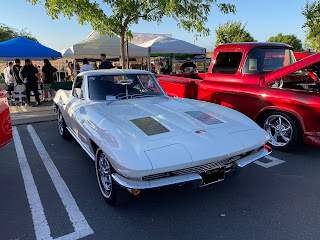The 992 is the latest generation of the Porsche 911 Targa. Like its previous generation, the 911 Targa is available in only 4, 4S, and 4 GTS trims, making the newest Targas AWD-only. A 4 GTS trim will also be offered with the current Targa, but won't hit dealers until early next year. The Targa has the same rear-engine 3.0-liter twin-turbo flat-six as the standard 992-gen 911 coupe and convertible. This engine produces 379 horsepower and 331 lb-ft of torque in the Targa 4 and 443 horsepower and 390 lb-ft of torque in the Targa 4S, with 0-60 mph times of 4.2 and 3.6 seconds respectively. Like other 992 Porsche 911s, the 992 Targa is available with an 8-speed PDK dual-clutch gearbox. Pricing for the 992-gen Porsche 911 Targa starts at $121,300 for the Targa 4, while the Targa 4S starts at $136,550. Overall, the Porsche 911 Targa is a stunning and impressive sports car. It may not be my favorite Porsche 911 model, but I am always fascinated by the Targa due to its distinct B-pillar and greater exclusivity than the standard 911 coupe and convertible.























